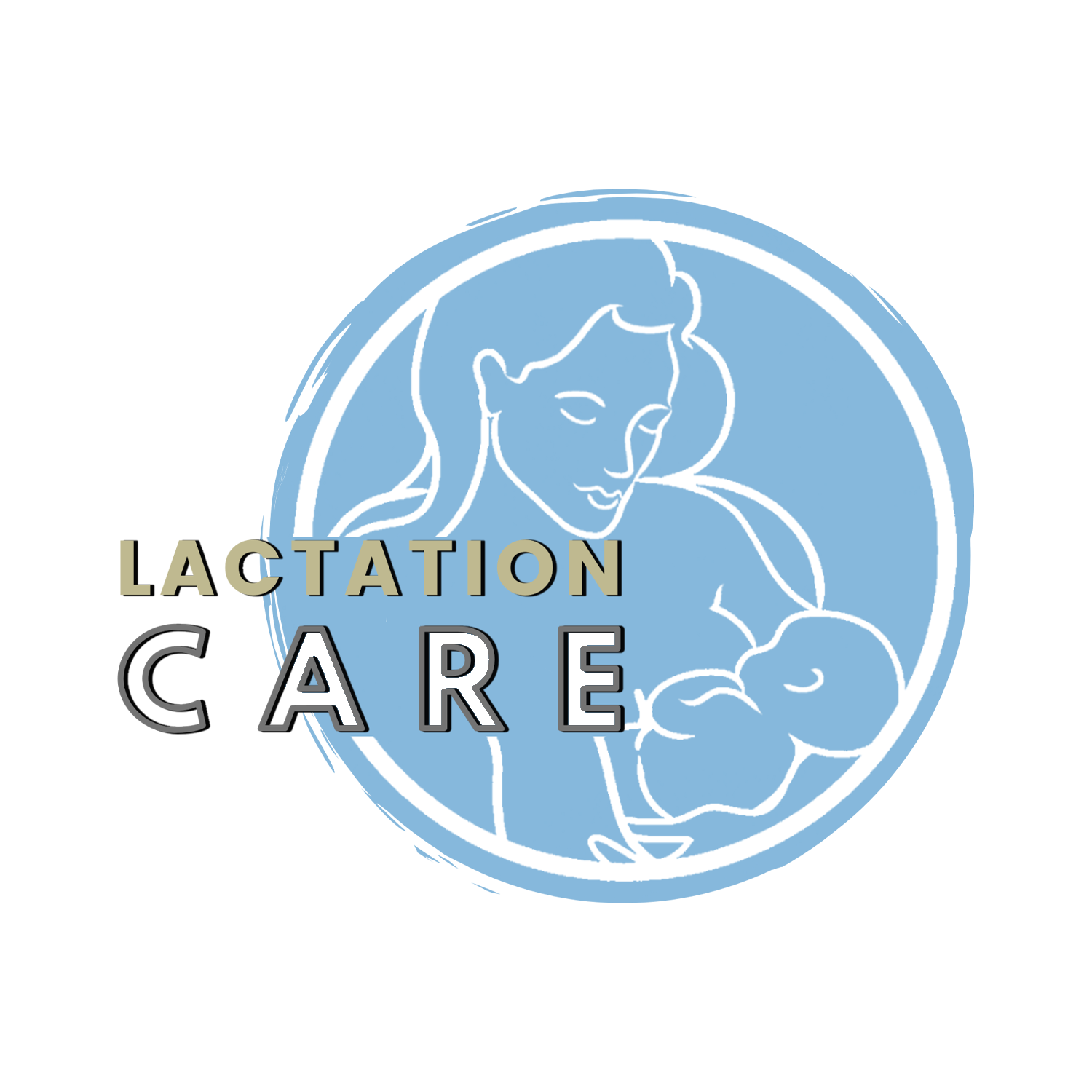COVID-19 and Skin-to-Skin, L. Dumas
This article is originally written by Louise Dumas MSN Ph.D.
In these times of uncertainty, our anxiety triggers the temptation to question practices that have proven their benefits or to modify them.
Skin-to-skin is the safest transition for both mother and baby. We all know it quite well. Skin-to-skin, when immediate and uninterrupted, facilitates the development of the infant's microbiome from the mother's flora which is exactly what we want in times of pandemic. What we don't want is other bacteria or virus to colonize the infant's skin nor do we want a disinfected maternal skin, if that were even feasible.
Skin-to-skin is important and it must be immediate. There should be no delay: no time to observe a newborn under the warmer, no time to put a diaper on, no time to place a bracelet.
Immediate skin-to-skin is immediate so that benefits begin right away. The infant needs immediate contact with the mother's skin for the recognition of familiar odours that will attract the infant, facilitate the mother-infant bonding and stimulate hormones for the initiation of breastfeeding. Resist the temptation to disinfect the mother's chest as it is absolutely not necessary. In addition to being unnecessary, disinfection does direct harm, as it destroys those odours as well as the flora that help the newborn build his own microbiome.
To disinfect where it is not needed is as dangerous as not disinfect where it is needed. Washing hands frequently and for others to respect social distance are the simplest means to control dissemination. In addition, keeping the mother and baby in the same room without separating them is also the safest way to avoid contamination.
References:
Bystrova K, Widstrom A-M, Matthiesen A-S, Ransjo-Arvidson A-B, Welles-Nystrom B, Wassberg C, Vorontsof I & Uvnas-Moberg K (2003). Skin-to-skin contact may reduce the « stress of being born »: A study on temperature in newborn infants subjected to different ward routines in St.Petersburg. Acta Pediatrica, 92, 320-326.
Family-Centred Maternity and Newborn Care: National Guidelines. Ottawa: PHAC. Chapter 4: Care during labour and birth, annex C and D. https://www.canada.ca/en/public-health/services/maternity-newborn-care-guidelines.html
Kakulas, F and The International Milk Genomics Consortium (2019). Even to the brain: Yes, breastmilk stem cells do transfer to organs of offspring. Splash! Milk Science Update from the International Milk Genomics Consortium, February. www.milkgenomics.org.
Pannarai PS, Li F, Cerini C, et al. (2017). Association between breast milk bacterial communities and the establishment and development of the infant gut microbiome. JAMA Pediatrics, 171 (7), 647-654.
Stiemsma, LT & Michels, KB (2018).The role of the microbiome in the developmental origins of health and disease. Pediatrics, 141 (4), e20172437.
Varendi H & Porter RH (2001). Breast odour as the only maternal stimulus elicits crawling towards the odour source. Acta Paediatrica, 90, 372-375.
Widstrom A-M, Lilja G, Aaltomaa-Michalias P, Dahllof A, Lintula M & Nissen E (2011).Newborn behaviour to locate the breast when skin-to-skin: A possible method for enabling early self- regulation. Acta Paediatrica, 100, 79-85.
Widstrom A-M, Brimdyr, K, Svensson, K, Caldwell, K, & Nissen, E (2019). Skin-to-skin contact the first hour after birth, underlying implications and clinical practice. Acta Paediatrica, 108 (7), 1192-1204.
© 2020 March 24th Lactation Care, Sonya Boersma MScN, RN, IBCLC
May be reproduced without additional permission and with acknowledgement.

